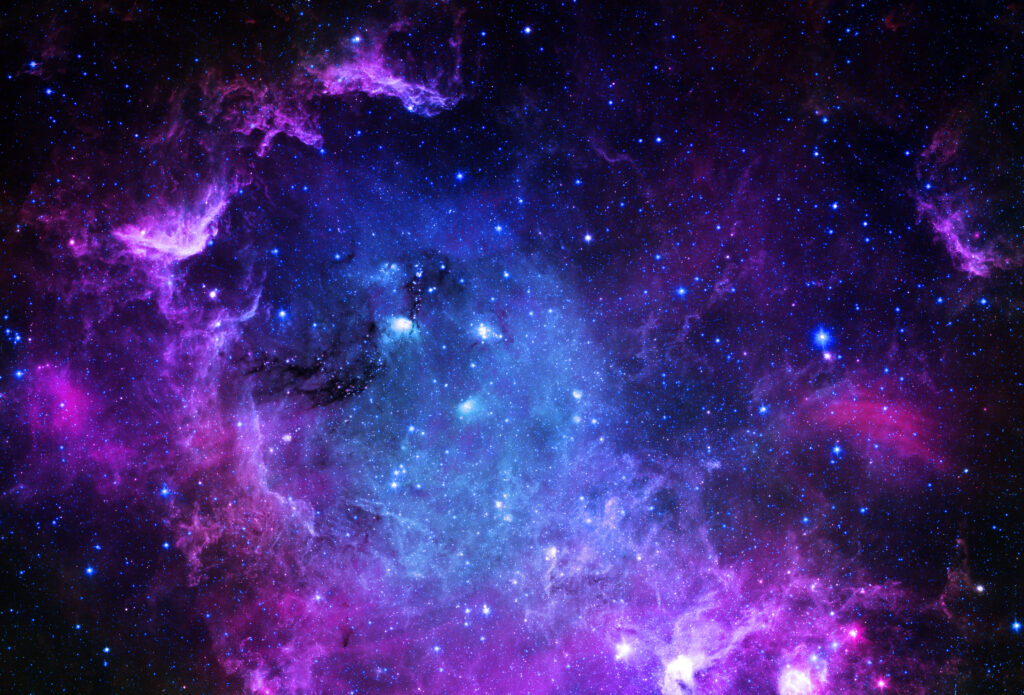Setting the Context
Prior to the advent of Newtonian science in the 17th century, the question of the ultimate nature of the universe was open, with (for example) eastern philosophical traditions, Plato and Neo-Platonists, and Christian theologians, all conveying some kind of reality beyond the physical.
However, with the spectacular successes of science in observing, analysing and manipulating the material world, the conviction has grown within scientists themselves, and spread through the wider population, that only that which is observable and measurable is ‘real’; and that our subjective experiences generated by our consciousness are illusory, caused by neuronal firings in the brain.
It is only in recent years, with the lack of success of classical science to explain consciousness, that there has been a willingness by scientists to consider other explanations. This, though, is somewhat akin to lifting the lid off Pandora’s Box. Once alternative options are considered, there is an opening up to a plethora of alternative possibilities.

This website provides a summary of the Historical Context within which the present interest in consciousness has arisen. It provides a summary of the main Theories of Consciousness that have arisen within a materialist worldview, including those generated by Science and Neuroscience, and discussed within Philosophy of Mind.
Exploring ideas beyond materialism, Analytic Idealism is introduced, drawing on the work of Bernardo Kastrup; and the theorising of Federico Faggin, which emerged from his argument as to Why Computers cannot be Conscious.
There is an overview of the worldviews of Eastern Philosophies and Indigenous Traditions. Following this, the idea is developed of an expanded science, which includes interiority as well as exteriority, focusing on Alan Wallace’s Subjective Science of Consciousness. The importance of Living in the Present Moment is explored, with particular attention paid to Eckhart Tolle.
The evidence for Consciousness Beyond the Brain is extensive and well documented, through an extensive range of anomalous experiences. The escalating number of testimonies to the existence of Unidentified Anomalous Phenomena (UAPs formerly termed Unidentified Flying Objects – UFOs) makes this an important area of investigation.
This website promotes Federico Faggin’s view that we need to Creating an Expanded Science Create an Expanded Science, that includes both interiority and exteriority. This has implications for Research Methodologies. A science of interiority requires different approaches to inquiry to those that have traditionally been the focus of a science of the natural world.
Finally, although there has been a growing interest in research about consciousness, there has only recently been a focus on forms of Consciousness Education which go beyond the publication of books and articles, the didactic presentations of research findings at conferences, and youtube interviews.
If there is to be a transformation in ideas about consciousness, and a transformation in consciousness from a materialist worldview, to a worldview that integrates ideas beyond materialism, then we need to be imaginative about the educational processes we used in the dissemination of consciousness research.

